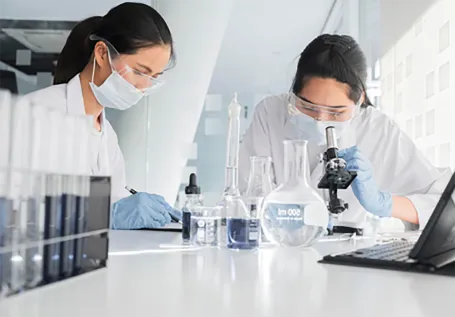The Significance of 6-Chloro-1,3-Dimethyluracil in Pharmaceutical Chemistry
In the realm of pharmaceutical chemistry, the exploration of novel compounds often leads to significant breakthroughs in drug development. One such compound, 6-chloro-1,3-dimethyluracil, has garnered attention due to its unique structural properties and potential applications in medicinal chemistry.
Structure and Properties
6-Chloro-1,3-dimethyluracil is part of the uracil family, a class of compounds known for their roles in nucleic acid synthesis. Structurally, this compound features a uracil base with two methyl groups attached to the nitrogen at the 1 and 3 positions and a chlorine atom substituted at the 6 position. This modification enhances the compound’s interaction with biological targets, making it a valuable subject for further investigation.
The presence of the chlorine atom is particularly noteworthy. Halogen substituents often enhance the biological activity of organic compounds by influencing solubility, lipophilicity, and the ability to form hydrogen bonds. These properties are crucial for binding to biological macromolecules such as proteins and nucleic acids, thereby influencing the compound's pharmacodynamics and pharmacokinetics.
Synthesis and Derivatives
The synthesis of 6-chloro-1,3-dimethyluracil involves multiple steps, typically starting from uracil itself. Various synthetic pathways have been developed to obtain this compound, often focusing on optimizing yields and purity. Understanding these synthetic routes is essential for scaling production, especially for further research and potential industrial applications.
Moreover, the development of derivatives of 6-chloro-1,3-dimethyluracil is an exciting area of study. By modifying other functional groups, researchers can potentially enhance its therapeutic effects or reduce side effects. Such derivatives could lead to a new class of antiviral or anticancer agents, addressing critical medical needs.
Biological Activity
6 chloro 1 3 dimethyluracil

Initial studies have shown that 6-chloro-1,3-dimethyluracil exhibits promising biological activity. Preliminary in vitro assays indicate its potential as an inhibitor of specific enzymes involved in nucleic acid metabolism. This action can interfere with the replication of viruses or rapidly dividing cancer cells, suggesting its potential as a chemotherapeutic agent.
As with many drugs, the challenge lies in understanding the full spectrum of its biological effects. Further research is necessary to elucidate its mechanism of action, determine its efficacy in various biological systems, and identify optimal dosing regimens and formulations. The interplay between its chemical structure and biological activity is a fertile area for investigation.
Potential Applications
The potential applications of 6-chloro-1,3-dimethyluracil extend beyond viral and cancer therapies. With the rise of antibiotic resistance, there is an urgent need for new antimicrobial agents. The unique properties of this compound might lend themselves to the development of novel antibiotics, especially in combating resistant strains of bacteria.
Moreover, insights gained from the study of this compound and its derivatives may contribute to the design of more effective drug delivery systems. Targeted therapies that reduce systemic side effects while enhancing the concentration of the drug at the disease site are becoming increasingly important in modern medicine.
Conclusion
6-Chloro-1,3-dimethyluracil exemplifies the potential for synthetic organic compounds to transform modern medicine. Its unique structure, promising biological activity, and potential for derivative development make it a significant focus in pharmaceutical research. As scientists continue to explore its properties and applications, there is hope for the development of new therapeutic agents that can address some of the most pressing health challenges of our time.
In summary, the exploration of compounds like 6-chloro-1,3-dimethyluracil underlines the importance of innovation and research in the field of medicinal chemistry. As we unlock the secrets of these molecules, the future of drug development looks increasingly promising, paving the way for novel treatments that can improve patient outcomes and advance global health.

